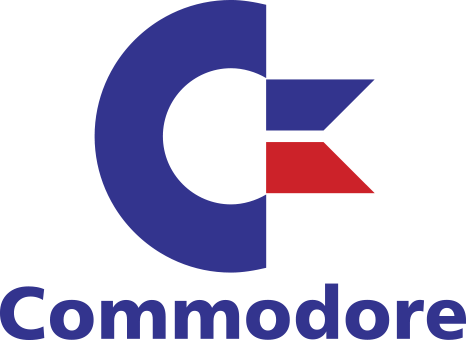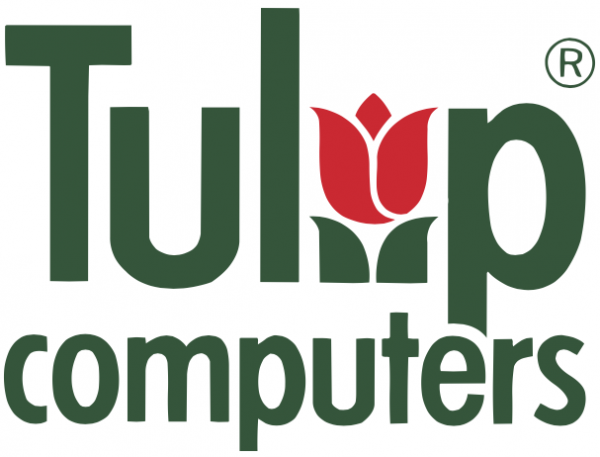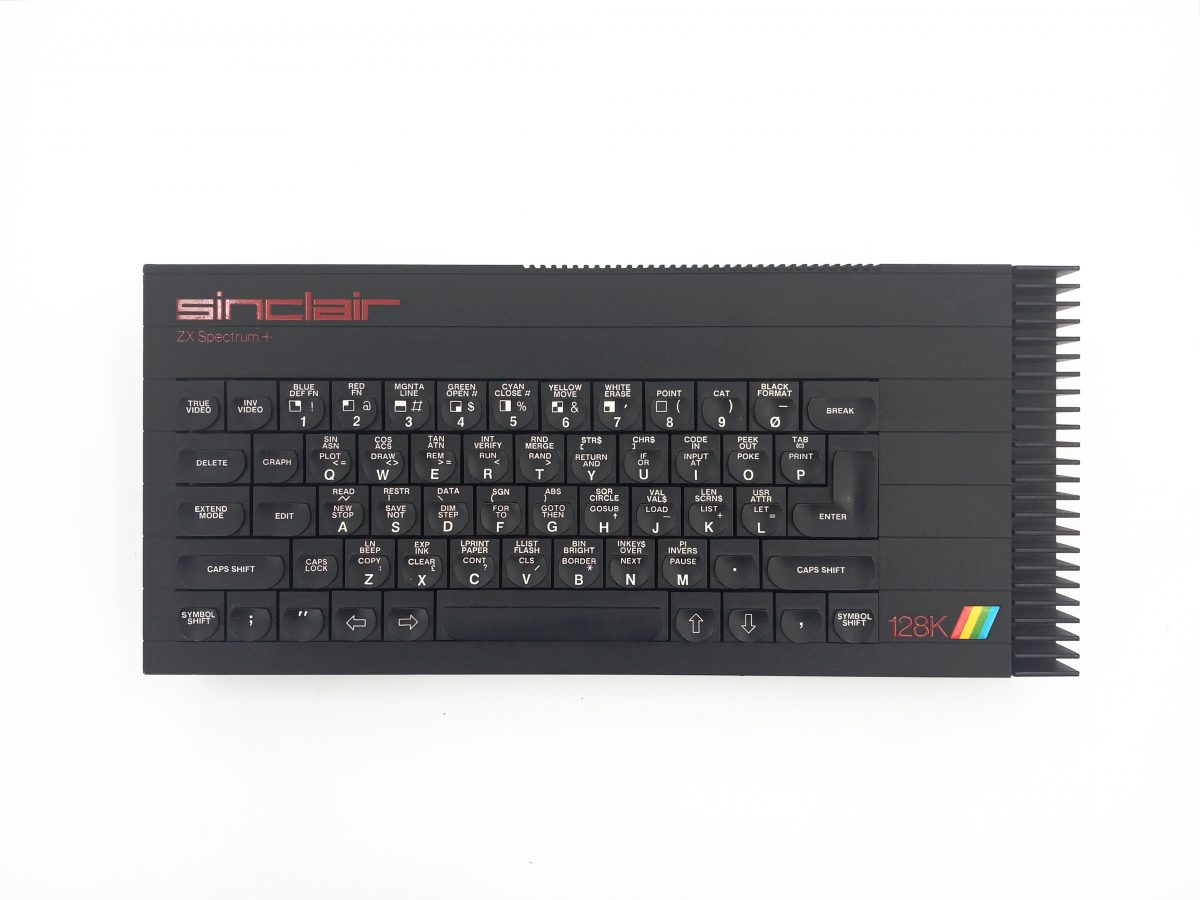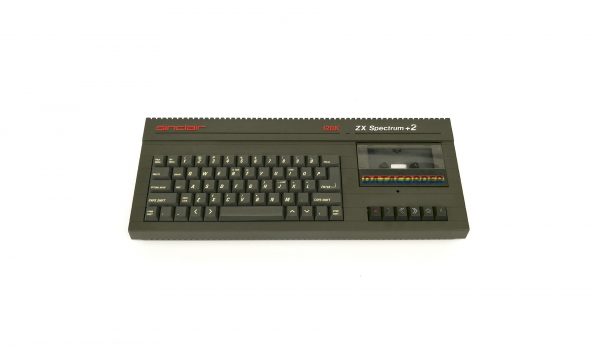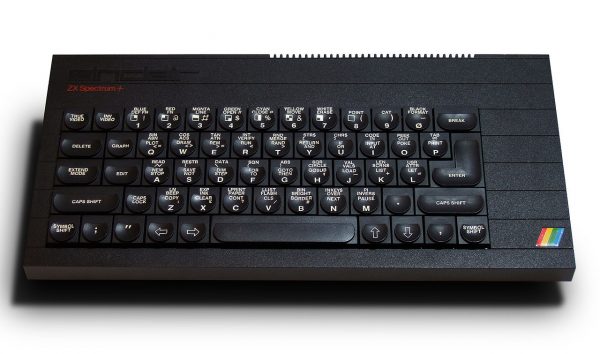Sinclair ZX Spectrum 128
In 1985, Sinclair developed the ZX Spectrum 128, codenamed Derby, in collaboration with their Spanish distributor Investrónica (a subsidiary of the department store group El Corte Inglés), marking a significant improvement over its predecessors.
Sinclair ZX Spectrum 128
In 1985, Sinclair developed the ZX Spectrum 128, codenamed Derby, in collaboration with their Spanish distributor Investrónica (a subsidiary of the department store group El Corte Inglés), marking a significant improvement over its predecessors.
Investrónica had previously assisted in adapting the ZX Spectrum+ for the Spanish market after the Spanish government introduced a special tax on all computers with 64 KB RAM or less.
In appearance, the ZX Spectrum 128 resembles the ZX Spectrum+, except for a large external heatsink. This external heatsink led to the system's nickname, "The Toast Rack". New features included 128 KB RAM with RAM disk commands, three-channel audio via the AY-3-8912 chip, MIDI compatibility, an RS-232 serial port, an RGB monitor port, and 32 KB ROM including an improved BASIC editor.
The machine was unveiled and launched simultaneously in September 1985 at the SIMO '85 trade show in Spain, priced at 44,250 pesetas. Sinclair later presented the ZX Spectrum 128 in The May Fair Hotel's Crystal Rooms in London, where he acknowledged that entertainment was the most common use of home computers. Due to a large inventory of unsold Spectrum+ models, Sinclair decided to delay its sale in the United Kingdom until January 1986, at a price of £179.
The Zilog Z80 processor in the Spectrum has a 16-bit address bus, meaning only 64 KB of memory can be directly addressed. To manage the additional 80 KB of RAM, the designers used bank switching so that the new memory would be available as eight pages of 16 KB at the top of the address space. The same technique was used to switch between the new 16 KB editor ROM and the original 16 KB BASIC ROM at the bottom of the address space.
The new sound chip and MIDI output capabilities were integrated into the BASIC programming language with the PLAY command, and a new command, SPECTRUM, was added to switch the machine into 48K mode, keeping the current BASIC program intact (although there is no command to switch back to 128K mode). To enable BASIC programmers to access the additional memory, a RAM disk was created where files could be stored in the extra 80 KB of RAM.
The new commands replaced two existing user-defined character spaces, causing compatibility issues with certain BASIC programs. Unlike its predecessors, it has no internal speaker and can only produce sound through a television speaker.

